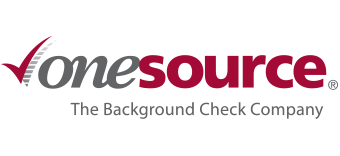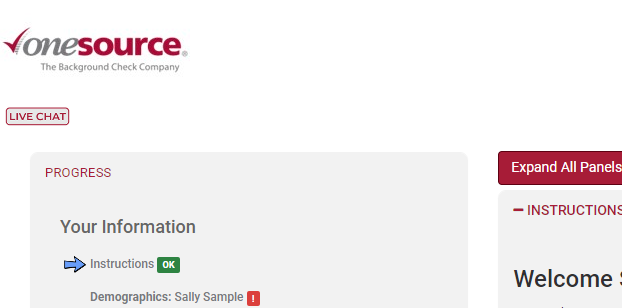The Impact of a Candidate’s Experience on Your Organization
Three years after the COVID-19 pandemic set job markets ablaze and the “great resignation” in motion, organizations across the globe are still feeling the burn. According to CNBC, it’s still “a favorable environment for many jobseekers,” meaning companies must continue to keep their onboarding tools sharp through 2023 and beyond. After all, the effect applicants have on employers — be it positive or negative — can be felt long after your decision on them has been made.
In this blog, we’ll explore those repercussions and provide actionable steps to keep applicants engaged and your organization top of mind to job seekers.
Word Gets Out
First, according to Starred, a candidate experience analytics platform, applicants are found to often share their experiences with their inner circles — friends, family, and coworkers who may be looking for new jobs themselves. If those interactions are favorable to your organization, you may see an increase in referral candidates as word-of-mouth travels and you enjoy a boost in popularity. Inversely, you may receive fewer referrals if those interactions are poor.
Second, past immediate social circles, many are also found to share their job-hunting experiences through online review sites like Glassdoor and Indeed. These sites have the chance to draw much more attention — which can either be a blessing or a curse. If the critiques shared on those sites are found lacking, quality prospects may pass up your company in favor of others with better reviews, increasing the cost of hiring per employee in the long run.
Finally, your talent pool could be on the line. 65% of rejected candidates say they’d re-apply to a company that has a great application experience. Lose out on them and your pool dries up much quicker. Additionally, candidates have a higher likelihood of entirely withdrawing their application if the experience is bad enough, wasting valuable time and resources.
Keep Your Candidates Moving
As reported by Human Resources content platform HRO Today, eight primary factors influence a positive candidate experience through the employment background screening process: An easy online experience, communication options, elimination of redundant data entry, easy-to-follow instructions, reminders for missing information, report access, turnaround time, and proactive communication.
For a straightforward online experience, clear instructions should be included as part of your proactive communication and throughout the remainder of the process as well. You’ll want to ensure your screening platform is accessible and mobile-friendly, allowing e-signature on forms, autofill, and ATS/HRIS integrations to reduce repetitive data entry if possible.
With time of the essence at this step, confirm that the system can send necessary links to candidates through email or text and, if information is missing, daily reminders to prompt them until completion. Reports should then be returned to you within 24-48 hours to maintain the momentum and, as required by the FCRA, sent to applicants who request them within 24 hours.
At One Source, all of the above comes standard with our TotalCheck package, allowing you to provide a first-rate employment screening experience and maintain a strong employer brand.
To improve your applicant experience, contact us for a free consultation.


